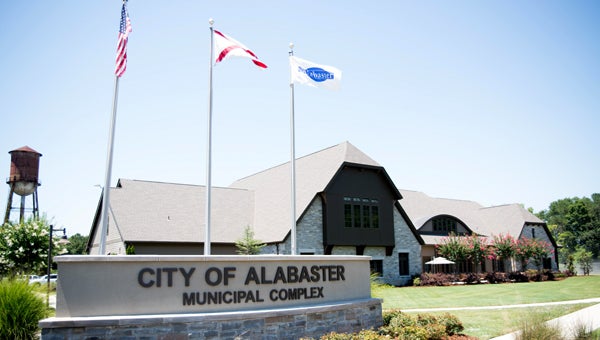Alabaster sales tax, school fund sees surge over last year
Published 11:06 am Thursday, November 17, 2016

- FILE
By NEAL WAGNER / Managing Editor
ALABASTER – Alabaster’s sales tax revenues – a portion of which is earmarked for the city’s school fund – saw a spike in the 2016 fiscal year compared with the previous year, according to preliminary year-end numbers recently released by the city.
“We are extremely pleased with the way we finished the year,” said Alabaster Mayor Marty Handlon. “But we were still conservative in budgeting for the current fiscal year.”
The city’s 2016 fiscal year ended on Sept. 30, and the budget totals will be finalized after year-end adjustments are made and verified by auditors in the coming weeks, Handlon said.
Preliminary year-end numbers indicate the 3-percent sales tax earmarked for the city saw an about 7-percent increase over last year’s numbers, and generated nearly $15.5 million in the 2016 fiscal year.
“It’s important to keep in mind that $15 million is what we spend on salaries and benefits each year to provide city services,” Handlon said, noting the city also has several million dollars in expenses tied to debt payments and repaving projects each year. “So it’s still very important for us to budget as conservatively as we can.”
The city also collects a 1-percent sales tax earmarked for the Alabaster City Schools fund, which can only be accessed by the city’s Board of Education. During the 2016 fiscal year, the sales tax generated more than $5 million for the education fund, which was an increase of about 9 percent over the previous year.
A feasibility study conducted before the city formed its own school system projected the penny sales tax would generate between $3.5 million and $4 million.
Alabaster’s business license and property tax were also up more than 5 percent each over last year.
Preliminary numbers indicate the city collected nearly $3.7 million in business license revenue, and nearly $3.6 million in property tax revenue during the 2016 fiscal year.
“All departments finished the year under budget, so actual surplus can be used to help fund current major road projects, or other necessary capital improvements,” Handlon said.









